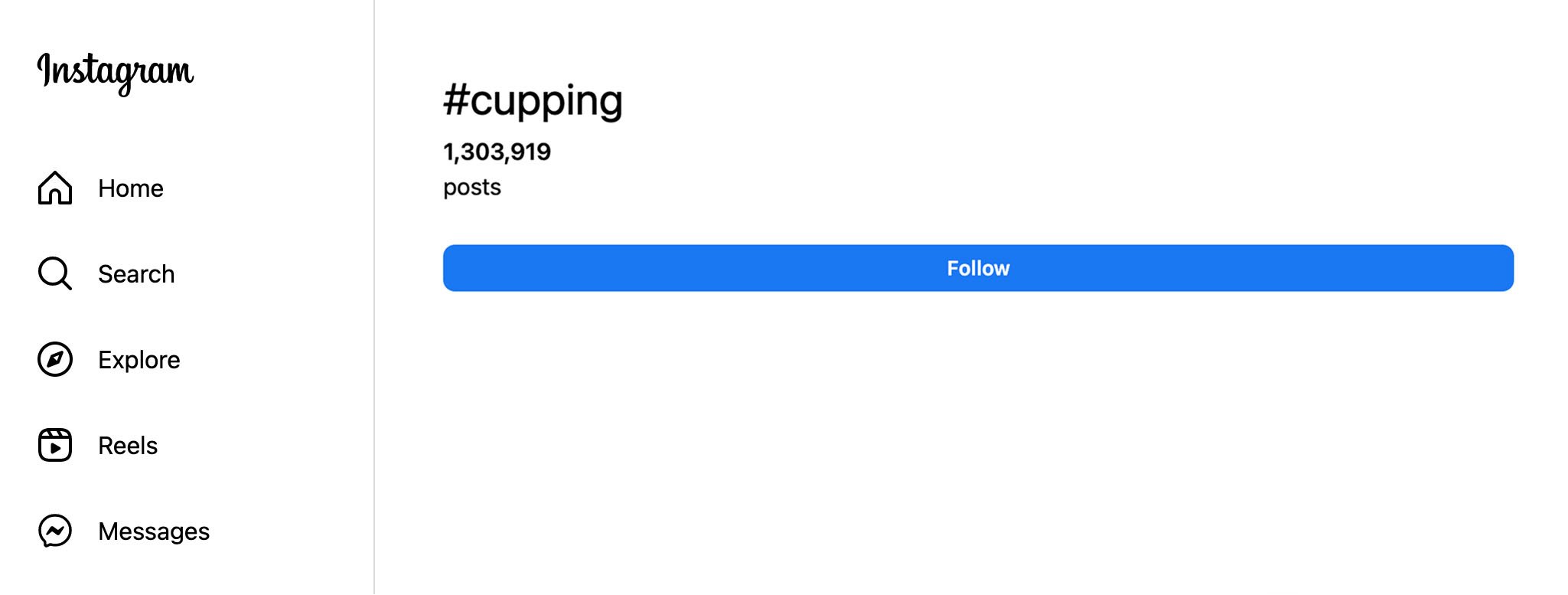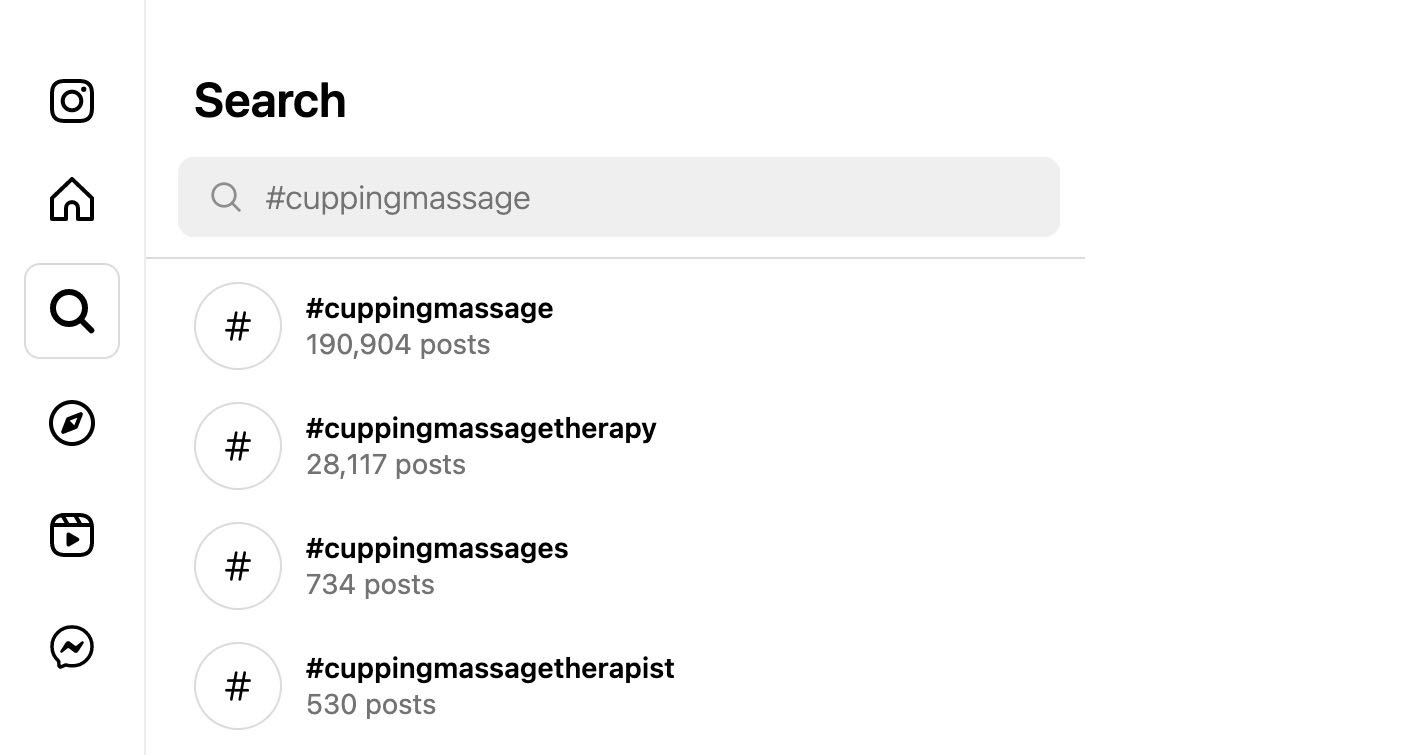As you may know, search engine optimization refers to the optimization of a website by improving its search engine ranking. Nowadays, like search engines, social media platforms can also be used to find specific information such as product reviews, recipes, local brands and much more.
Social search engine optimization or Social SEO is a new practice that refers to the practice of using social media to increase your website or your posts’ visibility as it influences your search engine rankings.
- It helps people browsing on social media platforms find your content more easily.
- A great way to achieve this goal is to include hashtags in your captions.
- Knowing how to properly use hashtags will help widen your reach and improve the user experience.
What is a hashtag?
A hashtag is a word or a phrase preceded by the “#” symbol known as number sign, hash, or pound sign. It is usually included in a post to categorize and organize content about different topics. Therefore, when users click on a hashtag, they can find other posts related to the same hashtag. Hashtags allow users to find relevant content quickly, so your content is discoverable to a broader or a more niche audience.
Fun fact: hashtags originated on Twitter in 2007, where they were used as a way for Twitter users to group conversations!
Why use hashtags?
Exposure
Using hashtags has the advantage of making your posts accessible to everyone, even if they are not following your account. Your content will be accessible to all users interested in topics who search for your hashtag. Choosing the right hashtags can make a big difference in broadening the reach of your social media posts. Therefore, they can be very helpful for your exposure.
Discover the Latest Trends
Hashtags can also help you discover the latest trends. Indeed, all you need to do is find the ones trending to see what subjects are most talked about right now. This can give you a great opportunity to hop on a trend!
3 tips for optimal results
For hashtags to be effective, they must be well thought out and selected wisely. Here are 3 tips to help you find relevant hashtags:
Use short hashtags
Hashtags should be short to facilitate the user experience. Ideally, they should be under 11 characters. If they are too long, people won’t bother reading them and much less clicking on them. Therefore, they should be easy to read and meaningful.
Adapt Hashtags Depending on the Different Platforms You Are Using
The importance of hashtags and the recommended number to use varies depending on each platform. Here are a few specificities for each platform:
Instagram
Instagram allows you to search for hashtagged posts related to a keyword. For example, if you type “cupping” in the search bar, you will find many hashtags with the word “cupping” and if you click on one of them, you will discover many posts related to this keyword.
On Instagram, it is recommended to put up to five hashtags for each post. Research shows that 10 and more can result in a risk of losing engagement; therefore, you should consider this when writing a caption. If an account uses too many hashtags, Instagram can temporarily block that account from showing up on hashtag feeds. This is called a shadowban. The platform does this to prevent spam from spreading and keep users safe.
You can include hashtags in the caption of a publication, as well as in the comments. Depending on your strategy, the choice of location will bring different results. For example, if you want to increase your users' engagement and have them see your hashtags, it would be best to incorporate them into the description of your publication. If you want to increase your visibility, it is recommended to add them in the comments rather than in the description.
Also, keep in mind that you can follow hashtags on Instagram!

Facebook
Hashtags are available on Facebook; however, they are not used as widely as you can’t follow them. Since most people on Facebook have private accounts, their posts can only be seen by their friends, which explains why they are less used on this platform. If you still decide to include some in your posts, the recommended number of hashtags is three.
LinkedIn
On LinkedIn, it is possible to include hashtags anywhere on your posts. It’s also possible to search for keywords in the search bar to find posts related to this content and to follow hashtags to see recent posts where they are included. On this social media, it is recommended to use up to five.

YouTube
The optimal number of hashtags to use on YouTube is three. Hashtags can be included in a video title or description. If you type “#” in the search bar, you can find popular tags on YouTube which is a good way to gain a competitive advantage. Don’t use more than 15 because YouTube will ignore all of them, and like with Instagram, you could risk losing engagement.
TikTok
As for TikTok, the optimal number of hashtags is between three and five. They can be found in the descriptions and on the Discover page. On Discover, you will be able to find the trending ones and include them in your TikToks if you think this is relevant.
Twitter
On Twitter, the optimal recommended number of hashtags you should use is two, even though the platform allows you to use more. You can use hashtags anywhere in your tweets and they can also be included in a comment when you retweet, in your bio and replies. Like on Instagram, it is possible to type a keyword in the search bar to find content related to this specific keyword or keyphrase.
Be Strategic
When a hashtag is often used, there is also a risk that you could go unnoticed. Therefore, it is recommended to include hashtags with different volume ranges. For example, if you are a registered massage therapist and you want to post a reel that shows a specific cupping technique, instead of writing #massagetherapy, which is an obvious choice, you could identify the techniques you are using. Be more specific and use a hashtag that will represent your specialty, such as #cuppingmassage.

There are three groups of hashtags divided depending on their frequency of use.
- When you use more specific keywords, you are reaching the low-frequency group, which includes 50,000 or fewer posts. These hashtags are more precise and have the advantage of reaching your target audience more efficiently.
- The medium-frequency group includes hashtags that are in 50,000 to 100,000 posts.
- The high-frequency group includes hashtags that can be found in 100,000+ posts.
Also, try to find the hashtags your competitors are using and which ones your clients are following. This could give you very insightful ideas for your next posts!
In conclusion, knowing how to use hashtags is a great skill that will help you gain a competitive advantage. Remember to use short but meaningful ones, not overuse them, and most importantly, be strategic!
Since Social SEO is one of the best tools to improve your performance in terms of search engines, it is essential to be aware of the tactics at your disposal.
Last tip: Don’t overlook this functionality! Hashtags are a great tactic to optimize your social SEO.

Lexicon
Search engines: A search engine is a software program that allows users to find the information they are looking for online using keywords or key phrases.
Search engine optimization (SEO): Search engine optimization refers to the processes used to improve a website’s visibility in search engines.
Search engine ranking: The search engine ranking refers to the position of a web page or website in the search engine results pages for a specific keyword or keyphrase. It indicates where a website appears in the list or search results when a user searches for a specific phrase.
Reach: The reach refers to the number of users that saw your content on social media, like how many people saw your posts, stories, etc.
User experience: How a person feels when interacting with a company.